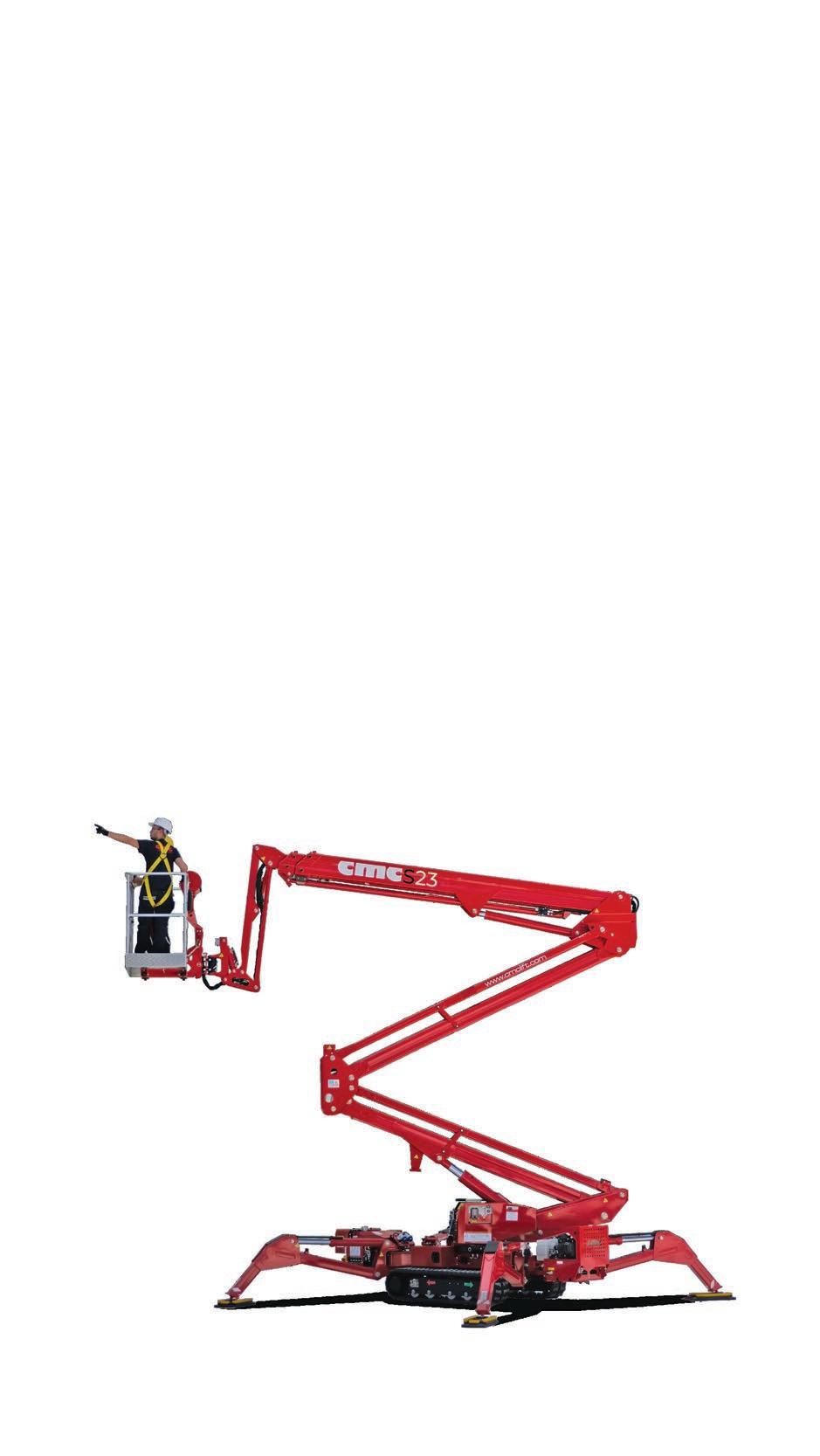
4 minute read
Seven tips to finding equipment finance
Seven facts about finding equipment finance today
Take a smart approach to borrowing money in 2022 if it’s been a while since you visited a lender.
Miles Beamish, Partner, Equipment Finance at Finlease, gives his expert tips for finding the best deal.
1. Shop around on interest rates
Your bank may not be the cheapest option. Interest rates on equipment finance can vary by as much as two percent. Unlike home loans, these are open to competition between banks and finance companies. It pays to shop around or use a finance broker who will save time by doing it for you.
A two percent interest rate saving on a $300,000 loan over five years saves more than $270 per month in repayments — or $16,000 over the life of the loan.
2. Spread debt over financiers
Often your bank will have a mortgage over your business assets, known as a General Security Agreement or GSA. They’ll consider any existing equipment finance already provided to your business (including any undrawn limits) when approving additional working capital facilities or loans to fund your business growth. Finlease often sees banks refusing to provide increased facilities simply due to the level of equipment finance exposure.
Furthermore, if you want to change banks, the one you are leaving will typically want to see you pay out all of their facilities (including their equipment finance loans) before they will release their securities such as mortgages and GSA, which will be required by the incoming bank. Paying out equipment loans early incurs additional interest charges. This would not be required if your equipment finance was with other providers.
Spreading equipment finance across a broad lender base not only creates competition between those lenders to ensure you get the right rates and the right terms, but you are also building a larger base of supporters who will typically continue to provide additional finance as needed.
3. No financials for loans under $1M
A large portion of finance under one million dollars can be arranged without providing financials and without any increase in the interest rate to do so. These products are known as Low Doc, Matrix or Replacement Finance.
For businesses that have not yet completed their final 2021 returns this can be a tricky time of year to source finance on a full assessment basis as their bank and most of the major lenders will require these after January 1 each year, making low doc alternatives (at similar rates) more appealing.
Miles Beamish
Partner, Equipment Finance, Finlease
4. Used vs new equipment finance
Used equipment purchased — auction through a dealer or private sale is often a viable alternative to buying new, especially in this current environment of significant delivery delays. Equipment aged up to 30 years at the end of the finance term may be considered.
5. Roll over residuals early
Many clients mistakenly believe they need to wait until their balloons, or residuals, are due before they can pay them out or rollover the finance for a further term. But, most funders, using a low doc assessment, will consider rolling over balloons within the last six months of the end of the term and some as far out as 12 months.
Given we are quickly entering into a rising interest rate environment for equipment finance, now may a good time to look at any finance balloon/residual payments that fall due over the next 12 months and look at rolling over earlier.
6. Full equipment write-off
The next financial year offers a rare opportunity for a 100 per cent tax write-off on any new or used equipment purchased for a business with a turnover below $50 million. Unless altered in this year’s Federal Budget, the current requirement is that the equipment must be installed and ready for use prior to June 30, 2023. Chattel Mortgage and Commercial Hire Purchase financing is used to claim this deduction however it is not available if the equipment is financed via lease or Rent to Buy, as ownership of the equipment is not with the business.
7. Full write-off for assets too
Any company with a turnover below $10 million can also claim a 100 percent tax write-off for the remaining written down value on their existing equipment assets, provided they are using the simplified tax system. Any resulting tax loss can be carried back to 2019, for a possible refund on any tax paid during those periods. In the event you still have accumulated tax losses these can be carried forward to offset future years trading profits.
As always, speak to your accountant or tax professional for formal advice on any of these points.
Finlease sources competitive equipment finance rates. Find out more at www.finlease.com.au.











